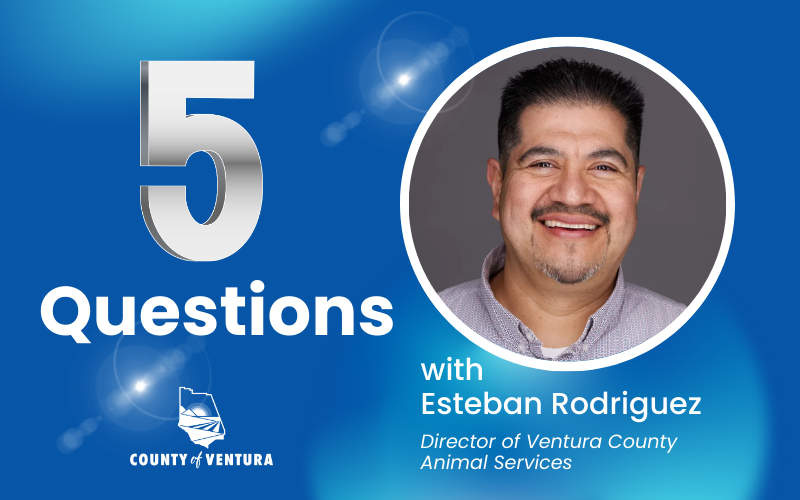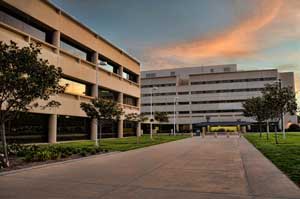Tell us a little about yourself and what inspired you to take on the role of Director of Ventura County Animal Services?
I began my career in animal welfare in 1999 as a Kennel Technician in El Paso, Texas. Since then, I’ve worn a lot of hats—working in shelter operations, field services, and community outreach, all while leading teams at major shelters across the country. At my core, I’m passionate about saving lives through progressive practices.
When I saw the opportunity at VCAS to join the team, I wanted to learn more about who they were prior to applying. I dove into their website and social media and was impressed by their innovative programs and commitment to community outreach. That drew me in immediately, and I knew I could help build on their already well-established success. I’m especially eager to expand language access so we can better connect with non-English-speaking communities. By understanding their needs, we can improve animal welfare in their homes and make sure VCAS is a welcoming resource for everyone.
What are your immediate priorities as the new director, especially given the recent challenges with overcapacity at the shelters?
First, I want to focus on how we can support public spay and neuter services as this will directly reduce the number of animals coming into the shelter. I also want to strengthen partnerships that support animal transport — sending adoptable pets to areas where there’s more demand. I’ll also be evaluating shelter operations to identify any gaps in staffing, resources, and processes. Increasing language access so we can connect with more residents, especially in underserved areas, is of great importance to our agency. Lastly, we continue to make steady progress in the planning of the new shelter build.
What strategies or programs do you plan to implement to help reduce overcrowding at the shelters and improve animal adoption rates?
Overcrowding continues to be an issue not only at VCAS, but at municipal shelters across the country. I plan to partner with national organizations to increase rescue transports and placements. Public spay and neuter programs will also be a cornerstone of our efforts, as increased efforts will lessen the number of animals in our community and the shelter.
A big focus of will be on reaching communities that might not typically engage with government agencies. By meeting them where they are—whether that’s through social media and news outlets, or radio PSAs or local events—we can make reclaiming lost pets or accessing resources easier and less intimidating. Finally, we’ll launch a community marketing campaign to help folks keep their pets by connecting them with resources like training or low-cost vet care.
How can the community support Ventura County Animal Services in addressing overcapacity?
The community can help in many ways. First and foremost, stay informed about what’s required to be a pet owner—things like licensing, microchipping, and ensuring their pets are spayed or neutered. Second, donating to our nonprofit Foundation, which supports all VCAS programs. And, of course, adopting or fostering shelter animals makes a direct and immediate impact in addressing overcapacity.
Are there any new initiatives, partnerships, or events that the public can look forward to under your leadership?
Absolutely. We’re excited to refresh and strengthen our partnerships with local rescues and with national organizations like Best Friends and the Humane Society of the United States (HSUS). HSUS, for example, already supports our Pets for Life program, which serves underserved areas like the La Colonia area in Oxnard. We plan to expand this program to reach even more residents. Another big initiative is increasing access to low-cost vaccinations and spay/neuter services, ensuring they’re available and accessible to everyone in every corner of our county.








